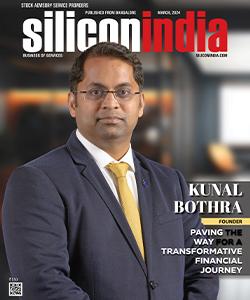Going Cashless: Rising Currency-GDP Ratio Key Impediment
Last year, a World Bank report said that while bank account penetration in India jumped to 53 pct between 2011 and 2014, the number of dormant accounts were also high.
Translated into absolute numbers, the count stood at 175 million.
As per that report, dormancy rate in India was quite high at 43 pct and accounts for about 195 million of the 460 million adults with a dormant account around the world.
According to State Bank of India's Economic Research Department, the present size of digitalbanking is about Rs 1.2 lakh crore.
The recent Deutsche Bank report said that with growing use of electronic payments, the need for physical cash is no longer self-evident.
"Indeed, cash has come under scrutiny for reasons of monetary policy, law enforcement and efficiency. Although cash-related evidence is scarce, facts rather than emotions should found the debate on the future of physical cash," it noted.
On empirical basis, there are concerns that higher circulation of currencies in the system could be a key factor in stoking the black money menace as entities tend to hoard money.
On the flip side, concerns over possible data breach remain, as witnessed in the recent episode where more than 32 lakh debit cards were reported to have been compromised.
Despite turning digital, some developed economies too have been seeing spurt in frauds.
Deutsche Bank report noted that while payments go digital, fraud follows. "An (almost) cashless Sweden sees card fraud rising. However, the general safety of both cash and cashless transactions in Europe is high," it added.
SBI's Economic Research Department in its report said the current size of digital banking including credit card, debit card transaction through PoS (Point of Sale) terminals and transaction through prepaid payment instruments like m-wallet and mobile banking is around Rs 1.2 lakh crore.
This size has to increase to Rs 3 lakh crore -- which is a conservative estimate of the gap between the actual currency in circulation and required currency in circulation, the report said.
Experts opined that abolishing cash would not completely eradicate crimes that are driven by profit but the costs would be higher in using alternative ways to channelise the proceeds from illicit activities.
The Committee of Officers, under the leadership of NITI Aayog CEO Amitabh Kant, would identify and operationalise in the earliest possible timeframe user-friendly digital payment options in all sectors of the economy.
The move, according to the government, is an integral part of its strategy to transform India into a cashless economy.
Read Also:
Demonetisation To Slow Down PC, Phone Sales In Q4: IDC
Notes Ban To Significantly Disrupt Economic Activity: Moody's

